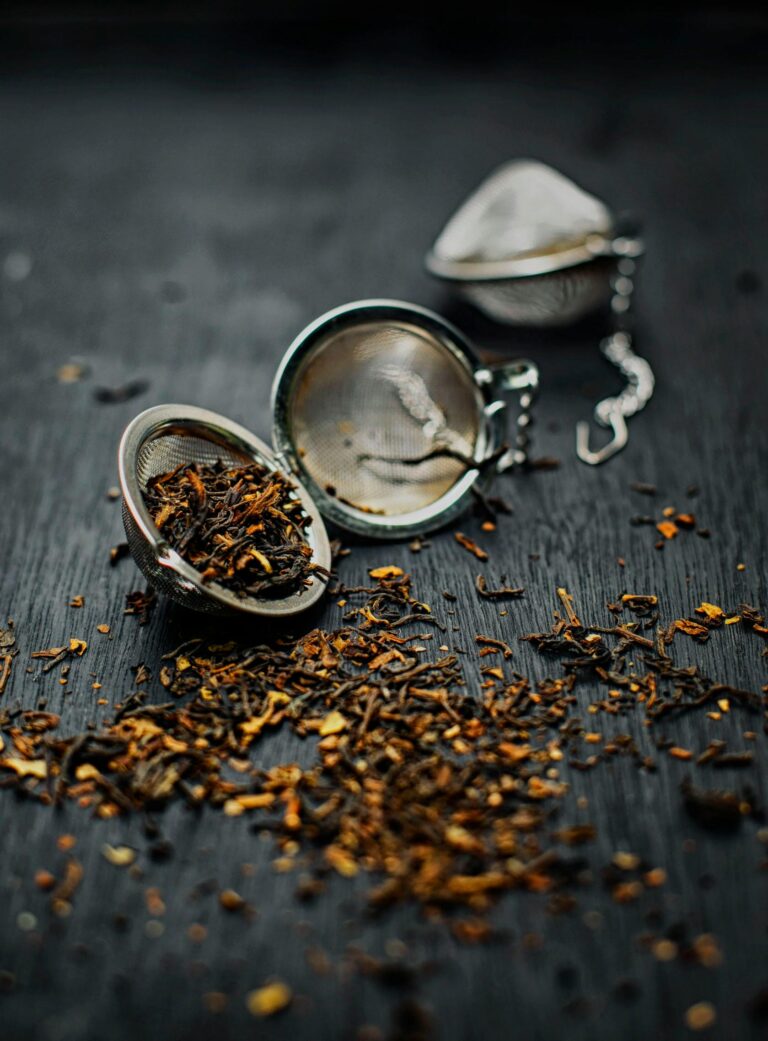Tea Traditions from Around the World: A Journey in Mindfulness and Wellness
In cultures around the globe, tea is much more than a mere beverage — it’s a ritual, a tradition, and a way of life. At Sage Collective, where we champion wellness and mindfulness, exploring the diverse tea traditions from around the world offers us a unique lens through which to understand different cultures, as well as to appreciate the profound ways in which this ancient drink promotes health, community, and peace of mind.
The Art of Tea in Japan: Chanoyu
The Japanese tea ceremony, or Chanoyu, is a revered art form that embodies the principles of harmony, respect, purity, and tranquility. This intricate ritual of preparing and serving matcha (powdered green tea) is a meditative practice, inviting participants to be fully present in the moment. The ceremony is not just about drinking tea, but about appreciating the beauty in simplicity, the changing seasons, and the craftsmanship of the tea utensils. Chanoyu encapsulates the essence of mindfulness, encouraging a deep connection with oneself and with others.
China: The Birthplace of Tea
China, where tea was first discovered, boasts a rich and diverse tea culture. From the ceremonial Gongfu tea ceremony, which emphasizes the skill and precision of brewing tea, to the casual enjoyment of Yum Cha, or “drinking tea” in Cantonese, accompanied by dim sum in the morning or afternoon. Each region has its own preferred type of tea, from the delicate green teas of the east to the robust pu-erh teas of Yunnan. Tea in China is more than a drink; it’s a bridge to conversation, friendship, and philosophical reflection.
Moroccan Mint Tea: Hospitality in a Glass
In Morocco, serving mint tea is an act of hospitality, friendship, and tradition. Prepared with green tea, fresh mint, and a generous amount of sugar, this sweet and refreshing beverage is served throughout the day, especially to welcome guests. The pouring of the tea from a height creates a frothy top, a skillful display that adds to the enjoyment. Moroccan mint tea is not just a drink; it’s an invitation to sit, chat, and enjoy the company of others.
India: Chai, A Spiced Brew of Unity
In India, chai is more than just a tea — it’s a way of life. This spiced tea, made with black tea, milk, sugar, and a blend of spices such as cardamom, ginger, cloves, and cinnamon, is enjoyed by millions across the country. Chai is ubiquitous, from bustling city streets to quiet rural villages, and its preparation and consumption are a time for pause and connection. The act of sharing chai fosters a sense of community and belonging, making it a potent symbol of unity in diversity.
British Afternoon Tea: Elegance and Etiquette
The British tradition of afternoon tea is a quintessential ritual that speaks to the elegance and etiquette of tea drinking. Introduced in the 1840s, this mid-afternoon break was meant to bridge the long gap between meals. Today, it’s an elaborate affair often accompanied by scones, sandwiches, and cakes. Afternoon tea is a celebration of social interaction, an opportunity to gather and converse in a relaxed setting.
Peru: The Healing Mate de Coca
In Peru, the traditional tea known as Mate de Coca is made from the leaves of the coca plant, revered for its healing properties. This herbal tea has been a staple in Andean culture for centuries, used both in daily life and sacred rituals. It is believed to alleviate altitude sickness, a common ailment in the high altitudes of the Andes, making it a vital part of Peruvian hospitality towards visitors. Mate de Coca symbolizes the deep relationship between the Andean people and their environment, showcasing how tea can be a bridge between health, culture, and the natural world.
Mexico: The Aromatic Tisanes
Mexico’s rich herbal tea tradition, or “tisanes,” involves brewing a variety of local herbs and flowers known for their medicinal properties. Among the most beloved is Manzanilla (chamomile), often consumed for its soothing and digestive benefits. Another popular choice is Flor de Jamaica (hibiscus tea), celebrated for its vibrant color, tart flavor, and healthful qualities. These herbal teas reflect Mexico’s biodiverse landscape and the indigenous knowledge of natural remedies, offering a comforting and healthful embrace in every cup.
Nepal: The High Mountain Teas
Nepal, with its sprawling tea gardens in the foothills of the Himalayas, is renowned for producing some of the world’s finest teas. Nepali tea traditions blend the cultivation practices of China with the processing methods of India, resulting in unique flavors and aromas. Drinking tea in Nepal is a daily ritual that signifies hospitality and friendship, often accompanied by light snacks. The practice of sharing tea, whether it’s the robust black teas or the delicate green and white teas, is integral to Nepali culture, symbolizing a moment of rest, reflection, and connection amidst the majesty of the mountains.
Tea as a Universal Language of Wellness
Across these diverse traditions, we are reminded of tea’s remarkable ability to bring people together, offering solace, health, and a profound sense of belonging. Each cup offers a moment of reflection, a pause in our busy lives, and an opportunity to connect with others. At Sage Collective, we encourage you to explore these tea traditions as a pathway to understanding different cultures and embracing our journey towards vibrant living.

